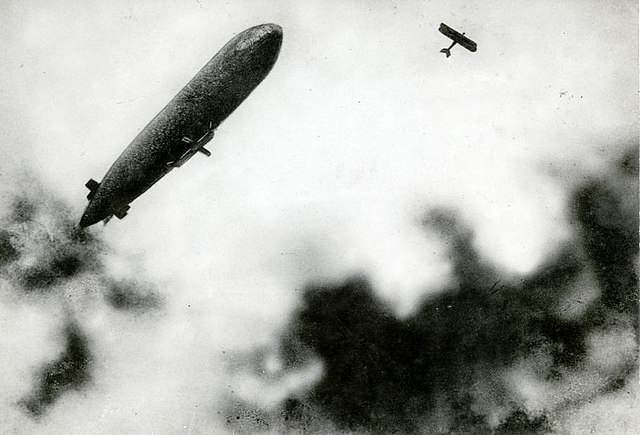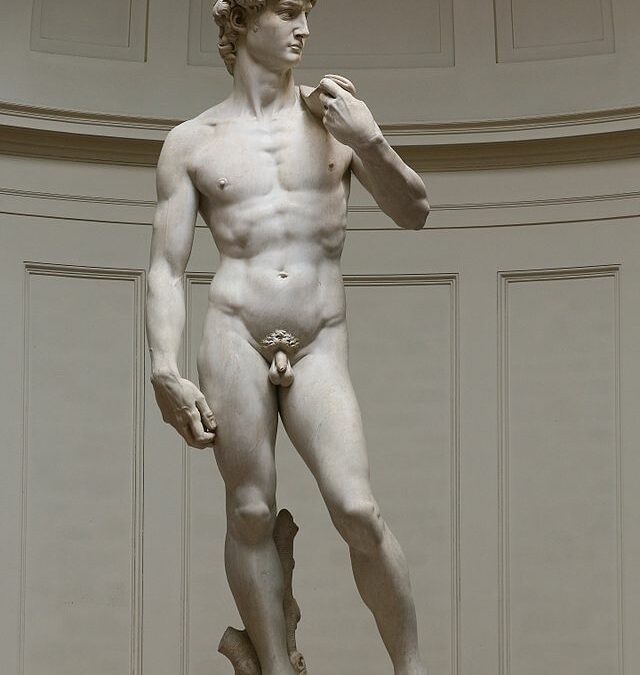The following were my programme notes for the drama evening held as part of the 14th International D.H. Lawrence Conference: London Calling – Lawrence and the Metropolis, 3rd-8th July 2017.
The evening took place at the RADA studios on Chenies Street on 3rd July 2017, and the plays were performed by Bedfellows, the New College of the Humanities student drama society.
As far as I am aware, this was the first performance of Tennessee William’s recently (2015)-discovered fragment of c. 1939-1945, The Night of the Zeppelin, whilst The Merry-Go-Round, Lawrence’s third play of 1910-11, has not been performed before or since Peter Gill’s production of 1973 at the Royal Court.
Textual Credits
The Merry-Go-Round, D.H. Lawrence
Virginia Quarterly Review(Winter 1941), xvii, Supplement, 1-44.
Edited by Dr. Spencer Jordan, University of Nottingham, further redacted by Nicholas Schmale. Thanks to them both.
The Night of the Zeppelin, Tennessee Williams
Katherine Mansfield and Translation, Katherine Mansfield Studies (Edinburgh: Edinburgh University Press, 2015, pp. 160-77)
Thanks to Gerrie Kimber, of the Katherine Mansfield Society, for her kind permission to use the text of this fragment, which she discovered and transcribed in 2014. Thanks also to Casarotto Ramsay & Associates of the Tennessee Williams Estate for granting us an amateur performance license.
AN EVENING OF LAWRENCE IN THE THEATRE
Lawrence wrote of The Merry-Go-Round: ‘It is high comedy. When things get too intolerably tragic one flies to comedy, or at least romance – and is cured, I hope, of heavy heroics and Jeremiahishness’ (13.12.10 to Violet Hunt).
That is – he wrote this play in order to cheer himself up. He was back home from Croydon, in the winter of 1910-11, watching his mother die. He was also, we can assume, rereading Shakespeare’s As You Like It in preparation for teaching the play at Davidson Road School in the new term. In his play he took his situation of living with an over-protective, dying Eastwood mother, and gave it to not one, but two, of his male characters. He then transformed the whole into a Shakespearean rom-com, with all the unsettling elements and gallimaufry that plays of this genre more or less obviously involve. Farce, a goose, domestic abuse, death, slapstick, a German accent, a hidden will, a miners’ strike: are all here. The play concludes in three marriages, but we can be confident in the future happiness of none, and Harry Hemstock is one of the most striking depictions of depression and abulia in Lawrence’s pre-Frieda oeuvre.
And if we don’t like this tragi-comic mix of elements from Sons and Lovers, Mr Noon and Shakespeare? Then we can – as Lawrence would say – As You Lump It!
By the time that he wrote the play, Lawrence had planted his literary flag in the city on which – five years later – he would watch bombs fall. He and Frieda were not with Mansfield and Murry on that particular night; nor was this around Christmas 1916 but in September 1915; nor was Katherine by 1916 spitting blood. But, like Lawrence, Williams took ingredients of Lawrence’s life and mixed them. The zeppelin bombs fell at a time when a German accent – such as Frieda possessed – was no longer an object of fun, but of suspicion. The Merry-Go-Roundwas no longer just the name of an ambiguously ‘high comedy’, but of a more decisively un-merry painting by Lawrence’s friend Mark Gertler.
We don’t know exactly when Williams wrote this fragment, but we can guess that it was around the same time as his other works on Lawrence. He first wrote to Frieda in July 1939. His 1939 poem is dedicated to Lawrence, as is a play of 1941. Williams plays of 1941 and 1945 are based on Lawrence’s short stories, and the 1941 play, I Rise in Flame, Cried the Phoenix, is about Lawrence. This was the period of his rising literary power, before his career took off with The Glass Menagerie in 1944, and A Streetcar Named Desirein 1947. Williams, who had been five and seven years old at the time of the first and second scenes of his one-act fragment, may well have written it during the Second World War, when, if bombs were not falling on the United States itself, there was nonetheless a palpable context of international violence.
To say that these plays are rarely performed would be an understatement. As far as we know, this is the first full performance of The Night of the Zeppelin, and The Merry-Go-Round has not been performed before or since Peter Gill’s production of 1973 at the Royal Court. Even then it was cut, as it is in our version. The older generation has been excised as stage presences though not as referents, and (as for Gill) Patty the goose is gone. Did Lawrence write such an unstageable part because he was giving up hope that his plays would ever see the footlights?
We have chosen these plays in part for their newness – but also as London plays: one written when Lawrence was a Londoner of two years’ standing forced back home, and the other set at a time when Lawrence could hardly bear to be in London. We are aware that a student production is not the same as a West End sell-out. But we dare to hope that Lawrence – and Williams – would be glad to know that their plays have finally found a London stage.




